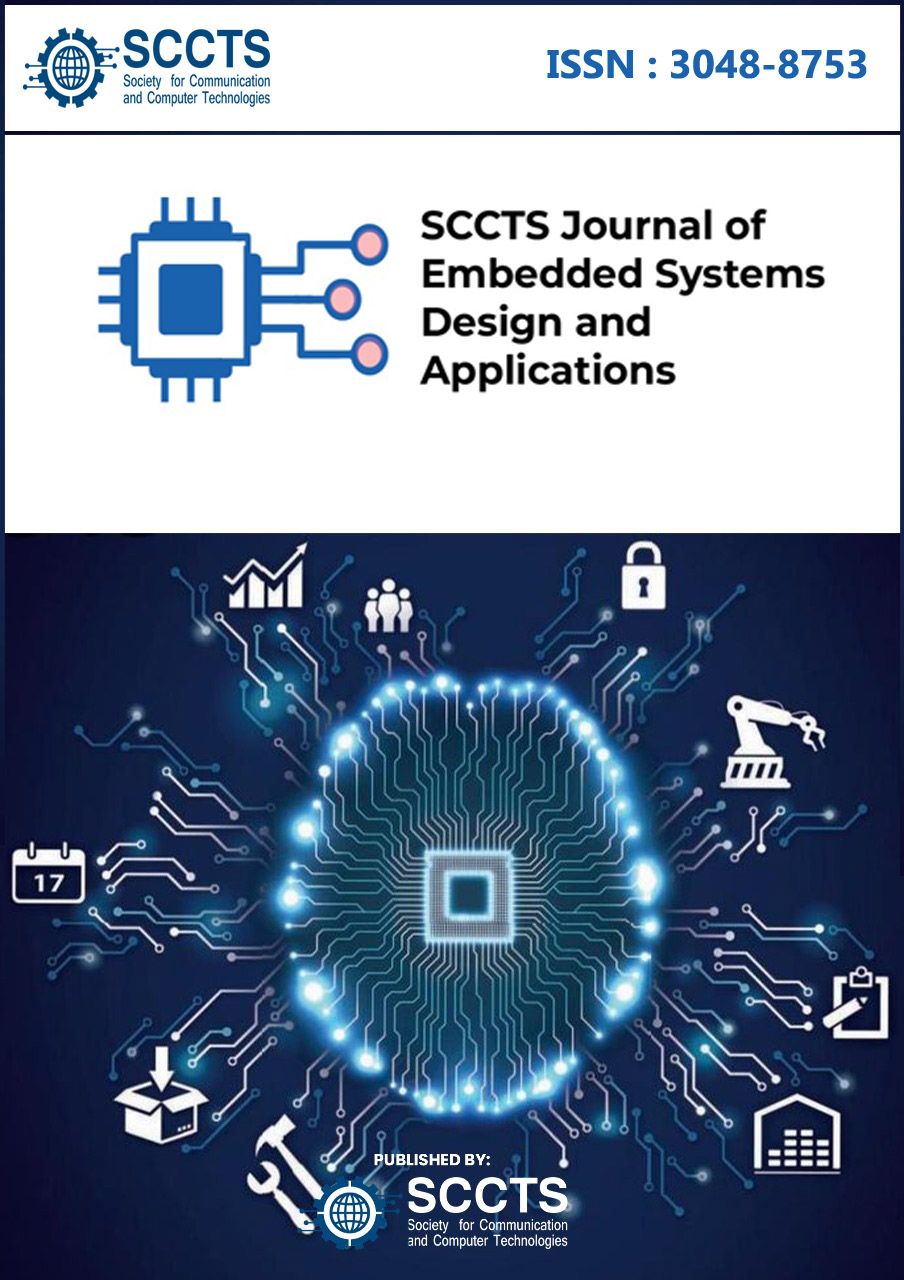A Comparative Study of Antenna Design Strategies for Millimeter-Wave Wireless Communication
DOI:
https://doi.org/10.31838/ESA/01.01.03Keywords:
Millimeter-wave communication, Antenna design, Comparative study, High-frequency bandsAbstract
The advancement of millimeter-wave (mmWave) wireless communication has sparked significant research into antenna design strategies aimed at improving performance in these high-frequency bands. This article presents a thorough comparative study of various antenna design approaches tailored specifically for mmWave applications. Starting with an overview of the distinctive characteristics and challenges posed by mmWave communication, the study explores fundamental antenna design principles unique to these frequencies. It conducts a detailed analysis comparing different antenna types, such as microstrip antennas, horn antennas, phased array antennas, and reflectarray antennas, assessing their suitability based on criteria like gain, beamforming capabilities, size, manufacturing complexity, and cost-effectiveness. Practical case studies and implementations are discussed to illustrate real-world applications and performance achievements with these antenna designs. Additionally, the article addresses significant challenges in mmWave antenna design, including propagation losses, antenna efficiency, integration complexities, and regulatory issues. It also examines future trends and directions in antenna technology, such as metamaterial antennas and adaptable antennas, aimed at overcoming these challenges and advancing mmWave communication systems further.





